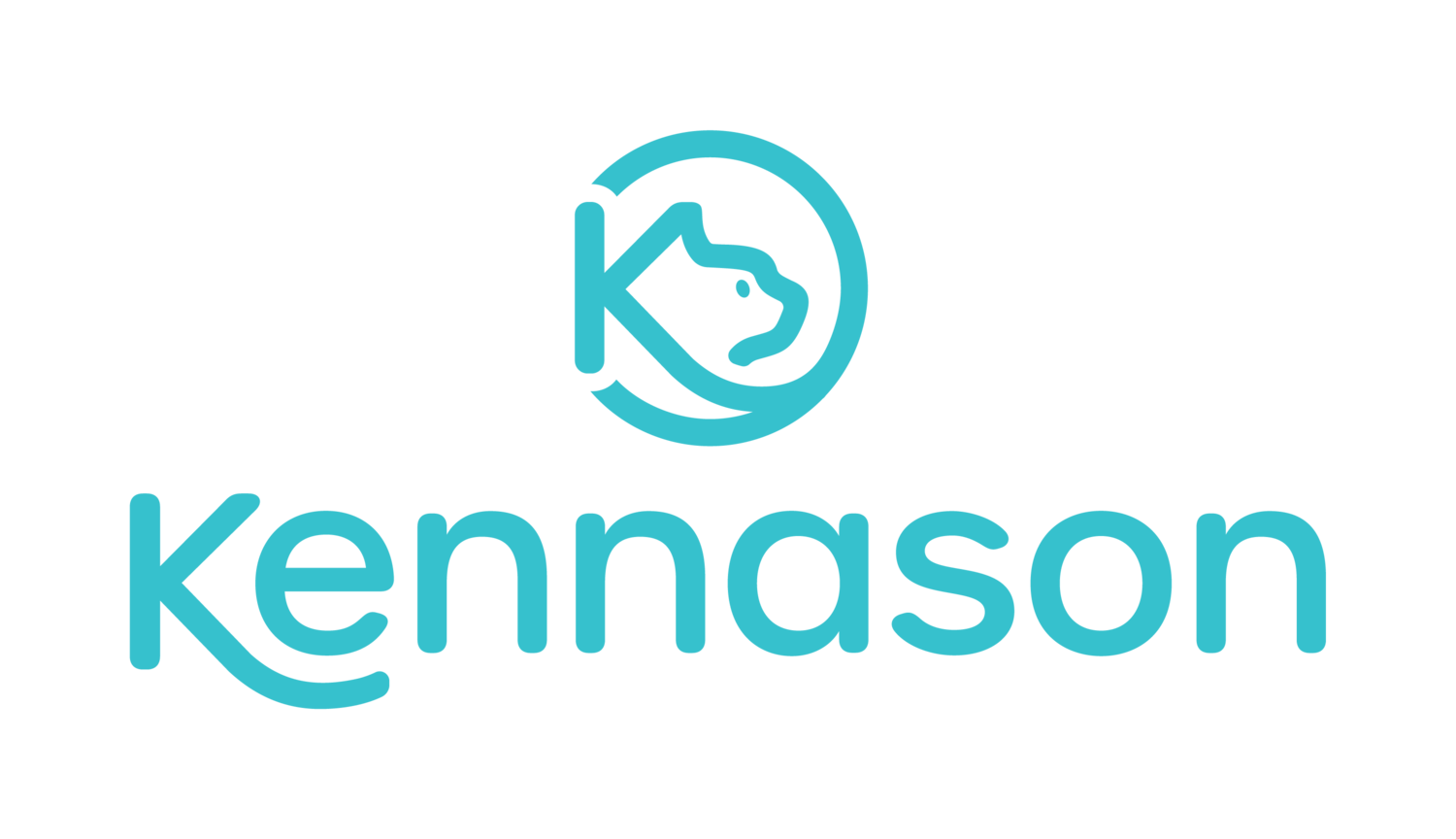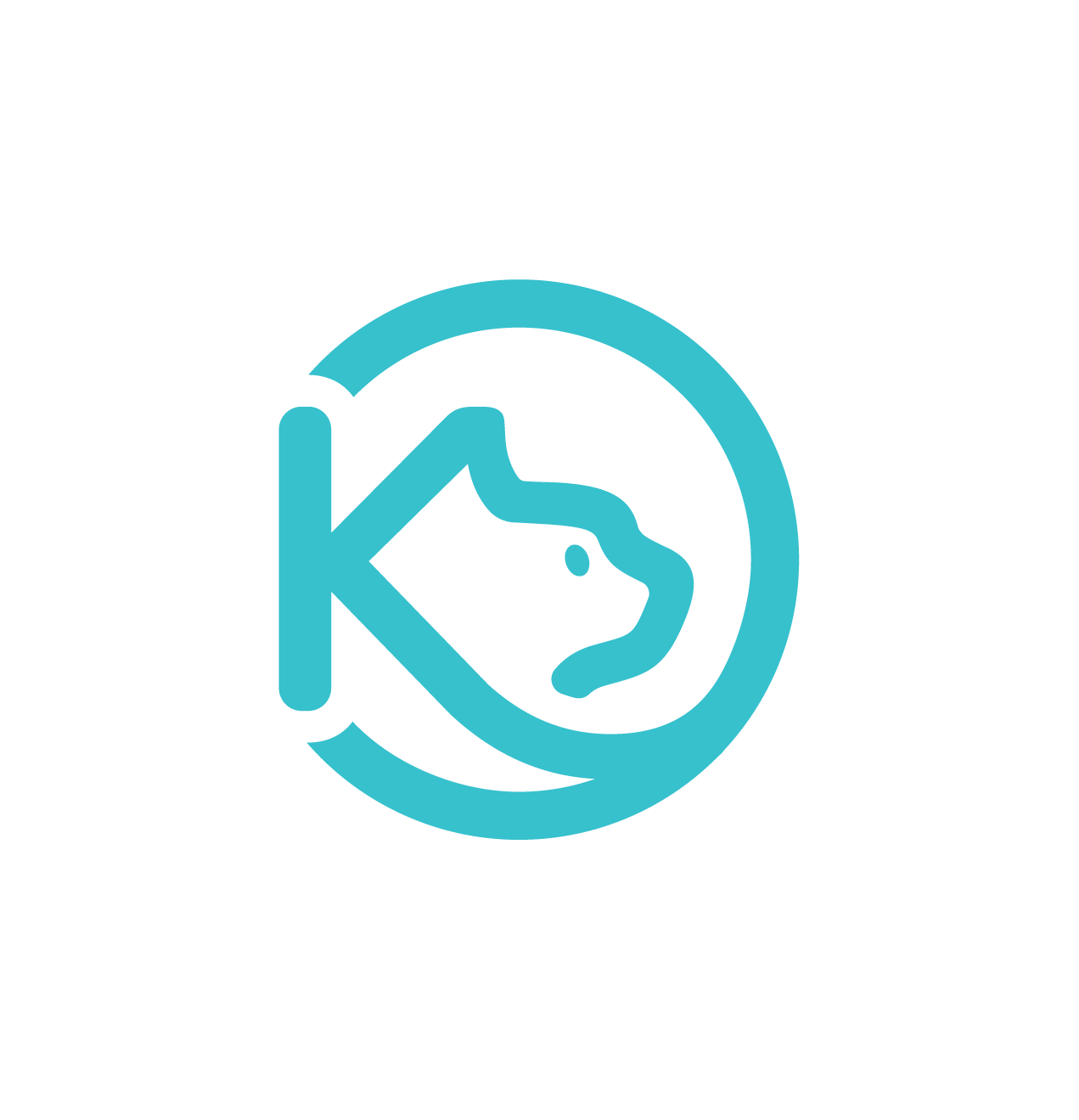Focus groups don’t have to suck
For professional design researchers, I think it’s ingrained in us to want to scream and gag and shatter a coffee mug against a wall whenever somebody mentions the f word. In my experience — and maybe yours! — when a person brings up a “focus group,” it either means they’re talking about bad research or they’re asking me to do bad research.
And sure, focus groups are a poor match most UX research needs. But not always.
This Google summary… woof.
Are focus groups really that bad?
Most people associate focus groups with marketing research, which makes sense because that’s how they’ve been used for a bunch of decades.
An exaggerated kind of example is like Mad Men, when suited white men drink whiskey in a cloud of cigarette smoke as they secretly leer at the “girls” trying on lipstick on the other side of a two-way mirror.
In Season 1 of Mad Men, a focus group for Belle Jolie lipstick puts secretaries on display for the men’s entertainment.
Even in modern and ethical settings, the whole concept of a focus group does feel a little icky to a lot of us — like there are researchers with clipboards observing rats to deduce when they might pull out their credit card for something.
Then there are also all the times we’ve heard movies and TV use focus groups as a punchline or “ha ha, corporations are dumb” moment. Like in Jurassic World, when we learn through a quick line of dialogue that despite dinosaurs killing LOTS of people in previous films (it’s kinda the whole thing of it), InGen genetically engineers a bigger, deadlier, more exciting Indominus Rex… to appease focus groups, of course.
For the record, many researchers do know how to run focus groups and get value from them! But, focus groups are also kind of like surveys: easy to do, but difficult to do well.
And even if you do run focus groups very well, we know that there are pretty major limitations and biases with a group of participants. The usefulness of focus groups is limited by the existence of the group itself, often resulting in groupthink, dominant voices, and perhaps shallow insights. For most design research needs, a mix of voices just doesn’t work.
Redefining focus groups as discussion groups
Over the past few years, I’ve come around to realizing that not all group research is a useless mess. Sometimes getting participants together for discussions actually fits the context of the design research needs particularly well — like when the goal is to explore something really new or nuanced, or if the topic is sensitive or the participants are marginalized.
I spoke at the 2025 UXPA Boston conference on this topic of redefining focus groups, and I had a really nice time talking with people afterward about it too!
It’s me!
In this talk, I shared a bit about how group conversations can be valuable by helping us uncover new, emergent ideas through discussion. What’s been seen as a drawback to controlled experiments and rigorous studies can actually be a benefit: a group of people can build off each others’ thoughts and ideas and explore solutions to known challenges — in a way that might feel more comfortable and even psychologically safe than one-on-one sessions.
And you know what else? Sometimes participants can get genuine value from discussions too — by learning new useful information from others, feeling heard and understood, contributing to problem solving for something they care about, or even simply having a little fun with a few other people for 90 minutes. (I think we often forget that participants can benefit from our research sessions too.)
When discussion groups might work
So, first of all, let’s try to stop calling them “focus groups” to differentiate from all the other associations. (Although either way, I think I almost always have clients calling them focus groups, and that’s fine!) I prefer “discussion groups” because “group interviews” also implies more of a researcher-led Q&A structure, which is what I try to avoid doing.
So here’s when a set of discussion groups might be a good match for the research needs:
The topic is something the participants really care about, not just any product or idea or UX evaluation. I think shallow insights often crop up because people aren’t sure what to say when it’s “their turn” to speak, and the easiest thing is to agree with someone else or say something broad.
The research goals are exploratory (e.g., What do people who require in-home caretaking think about home robots for mobility assistance?), rather than something meant to directly influence business decisions (e.g., Which of three rebrand directions do consumers prefer?).
There may be power imbalances lessened by group sessions. For example, for vulnerable groups, a one-on-one conversation with a researcher (or worse, a conversation with multiple researchers or observers) can feel unbalanced and uncomfortable, or even a little exploitative.
Tips for running a discussion group for UX and design research
If I may say so(!), I’ve racked up a fair bit of wisdom for how to smoothly plan, facilitate, and synthesize findings from a discussion group — either in person or virtually. Here are a few of my favorite tips.
Create a welcoming environment
Make sure participants know what to expect beforehand, and consider agreeing to some “ground rules” at the start of the discussion to help people align and feel at ease.
If you’re meeting in person, provide snacks and water, communicate where bathrooms are located, pay for their parking, and otherwise make sure people can feel as comfortable and valued as possible. (This is true of any in-person research, but sometimes group sessions last a little longer so it’s even more important!)
Leverage mixed methods
As with any research strategy, using a few different methods can help build robust insights and balance out the strengths and weaknesses of each method.
There are a bunch of ways I’ve done this with discussion groups as part of the mix, like:
Including individual rating or ranking activities during discussions as both their own data points as well as a spark for follow-up conversation
Bringing people together for discussion groups shortly after their individual ethnography or diary study participation, providing a space for the group to talk about shared experiences and ideate or co-create solutions
Using discussion groups to follow up on survey findings OR using a survey to follow up with a wider audience on discussion group topics
Center findings on participant reflections
Researchers are accustomed to organizing and synthesizing findings around our own (and project stakeholders’) initial research questions. This is usually a helpful and efficient way to structure design research!
But discussion groups provide an environment for exploration, ideation, and emergence. Instead of focusing on researcher and stakeholder needs, a good starting place for synthesizing discussion group insights is by centering what participants thought was most important, impactful, or valuable.
I like the idea of including a brief structured reflection at the end of a discussion. An idea borrowed from instructional design, reflecting potentially helps participants solidify their own thinking and takeaways. It also provides researchers with clarity on what participants think about the topic and discussion outcomes as a whole.
Did I convince you that discussion groups aren’t a waste of time?? Please feel free to reach out if you might want Kennason to lend a hand with planning or running them!




